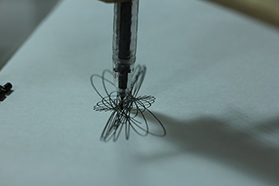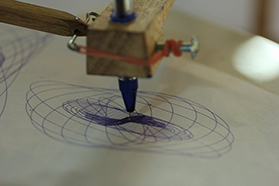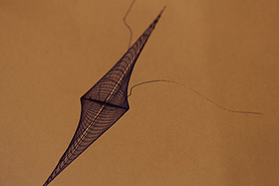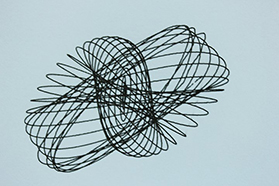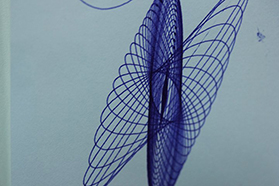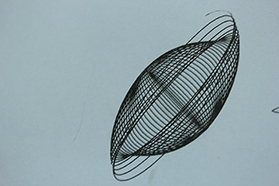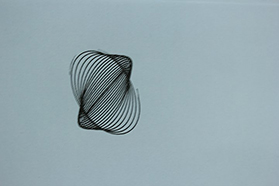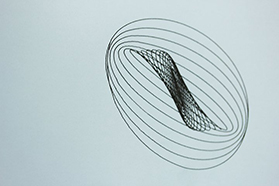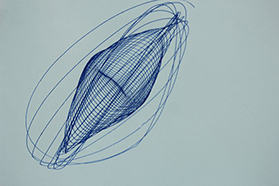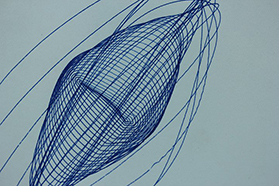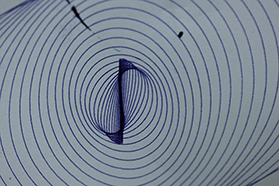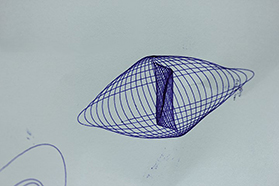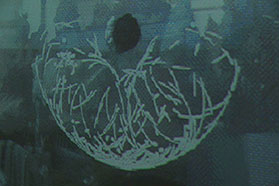
Does the flap of a butterfly's wings in Brazil set off a tornado in Texas?
Minute changes now leading to large changes later (Chaotic) or predictable changes (Non - Chaotic)
Regular patterns like those formed when you swing in the park are good examples of oscillations. The main characteristic of oscillations is that one pattern repeats in time, with identical events separated by equally spaced time periods. A canonical example is of the oscillations of a pendulum in the old wall clocks. These oscillations are exactly like those created by the harmonograph, one of the exhibits in this category. But there are other, more complicated oscillations as well - for example, when two pendulums are attached to one another they may create patterns that are not repetitive in time. Such chaotic oscillations are illustrated in another exhibit in this section.
Where do such system occur? The pendulum in a clock, or the motion of a cricket ball, or of a car engine, or even the earth going around the sun are examples of regular, oscillatory motion. All these systems are “non-chaotic” in the sense that small changes in the input cause only small changes in the output; If two harmonographs are started with almost the same initial position, they will create almost identical patterns. Thus, even though the pattern may look complicated, it is relatively easy to create the same pattern again and again. There are other systems which do exactly the opposite: they are called chaotic.






